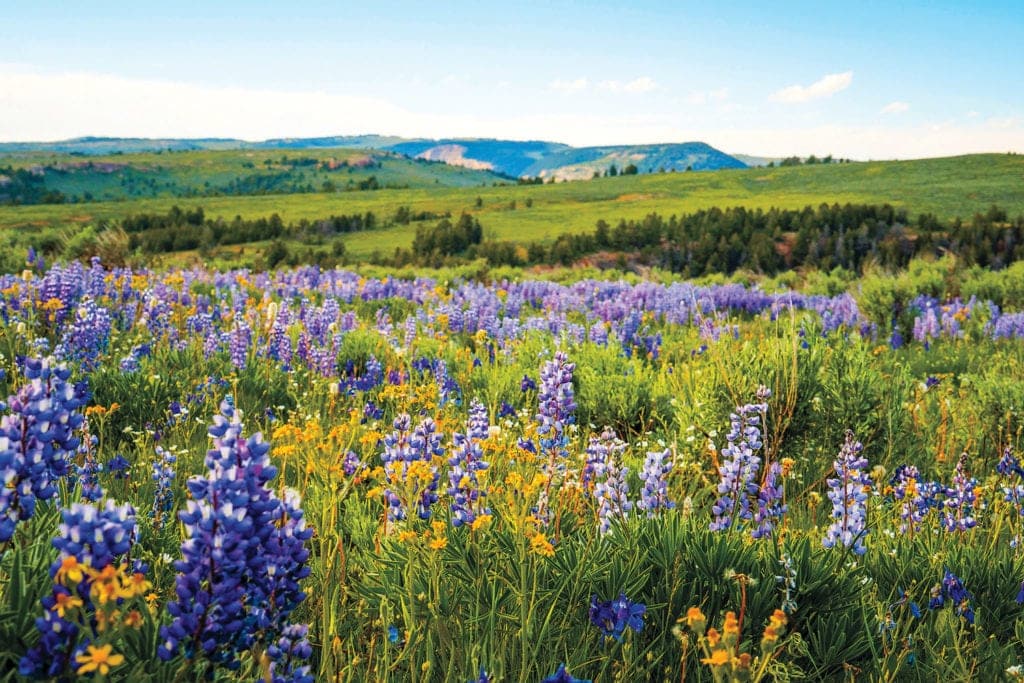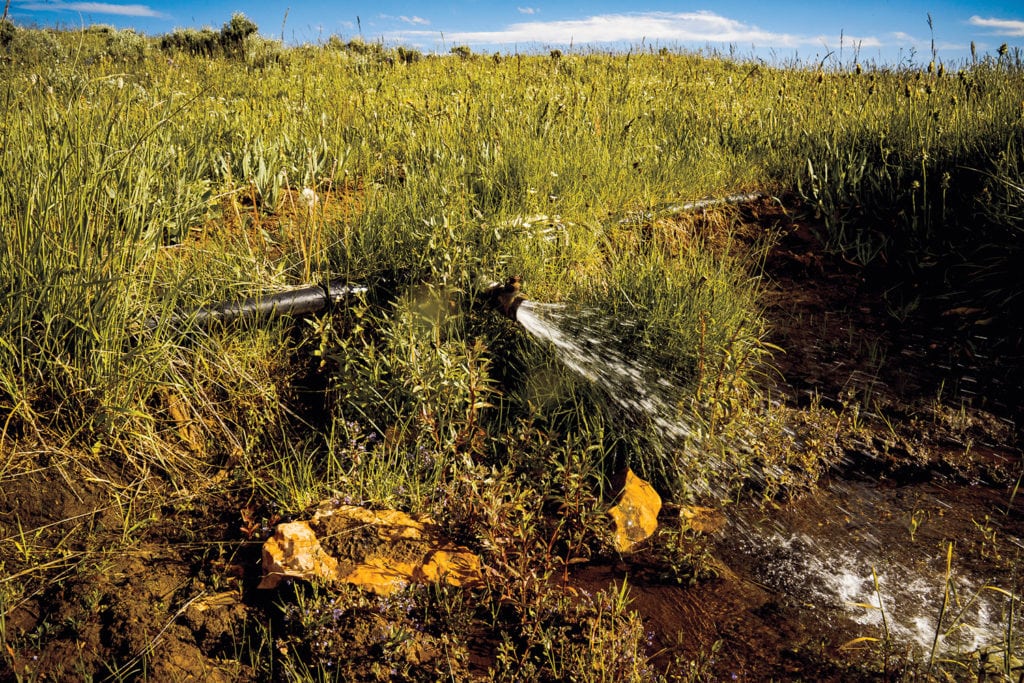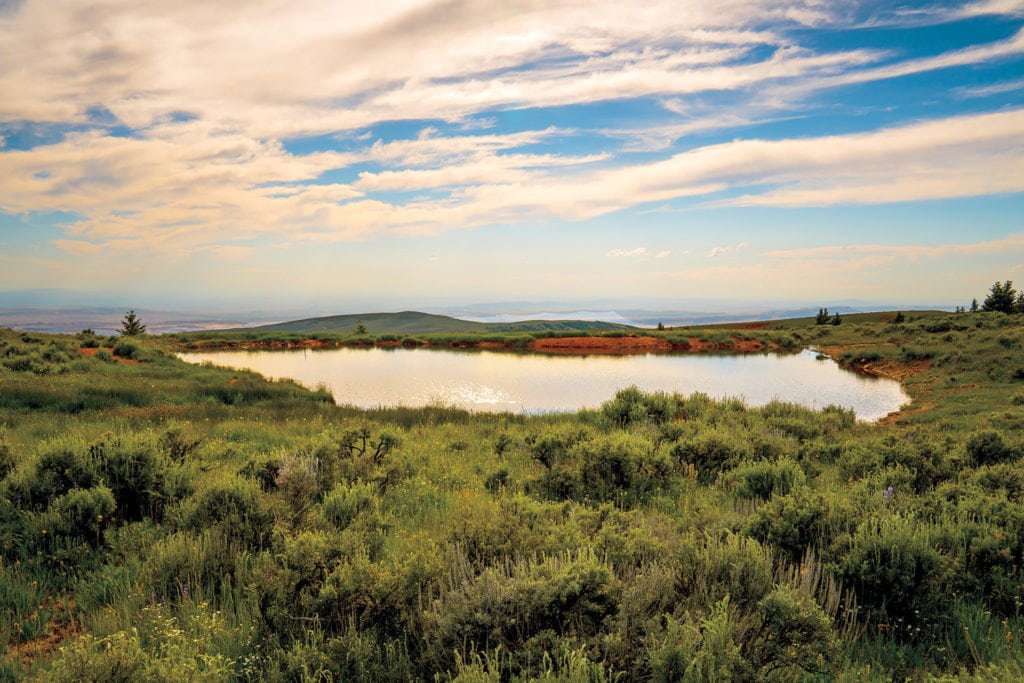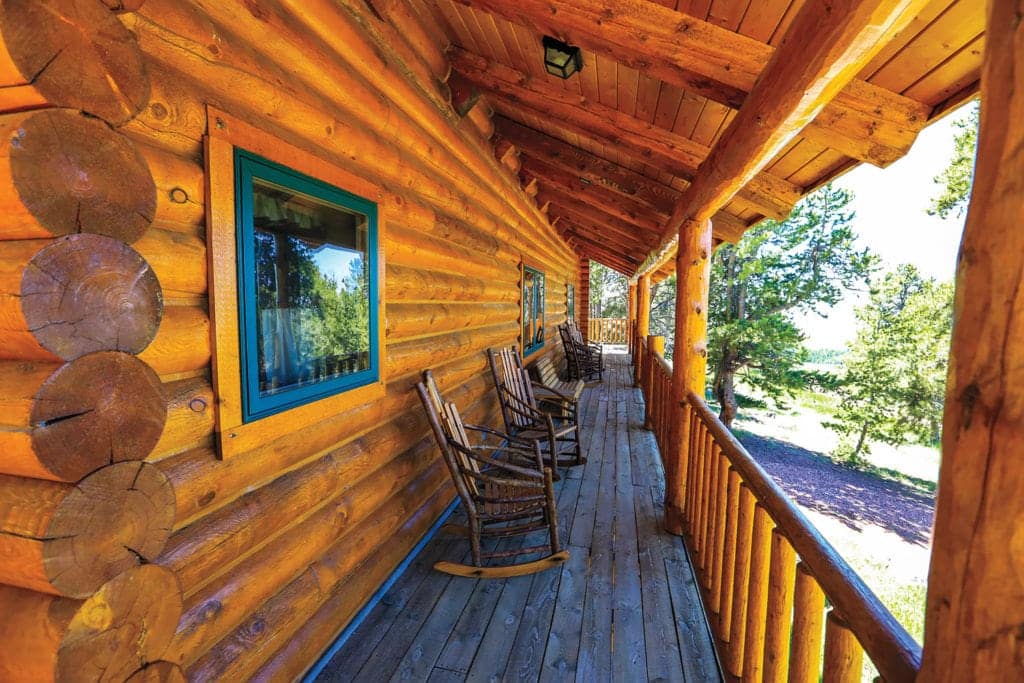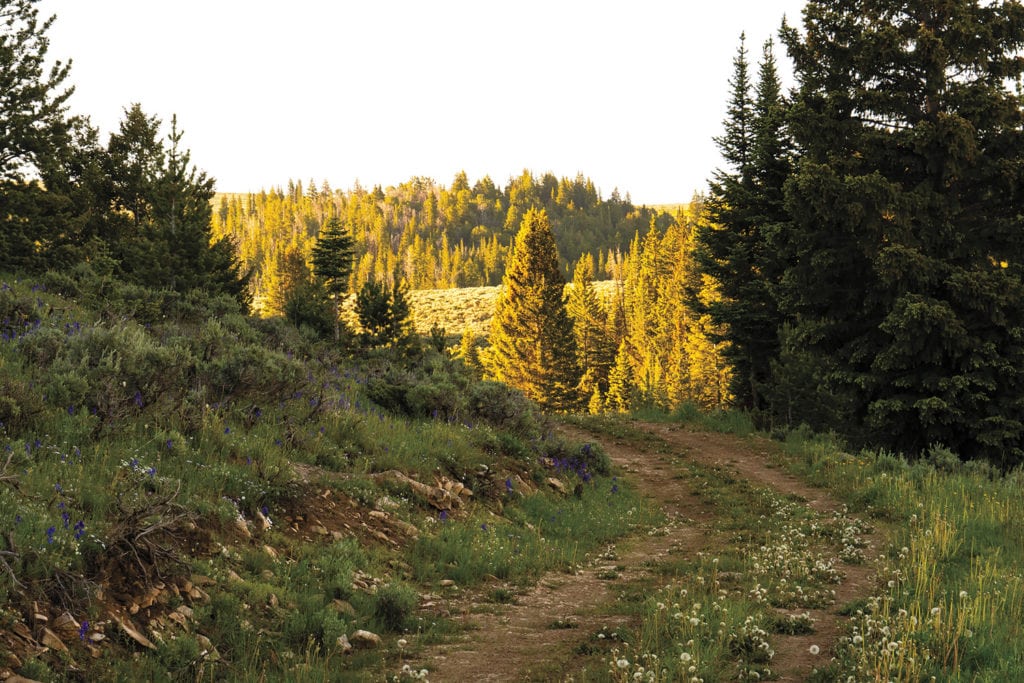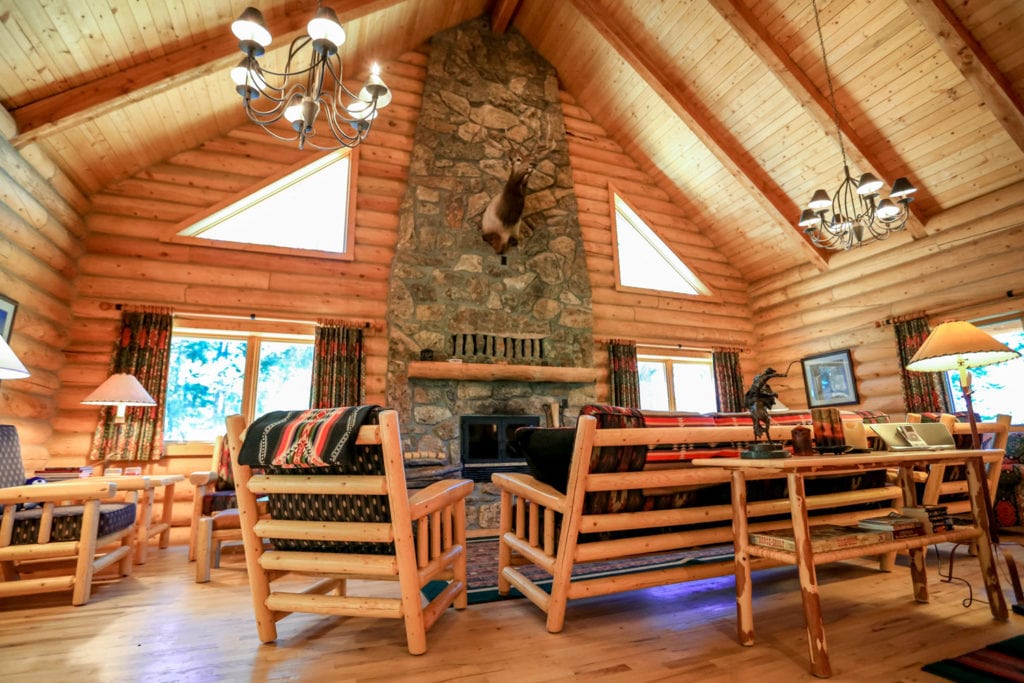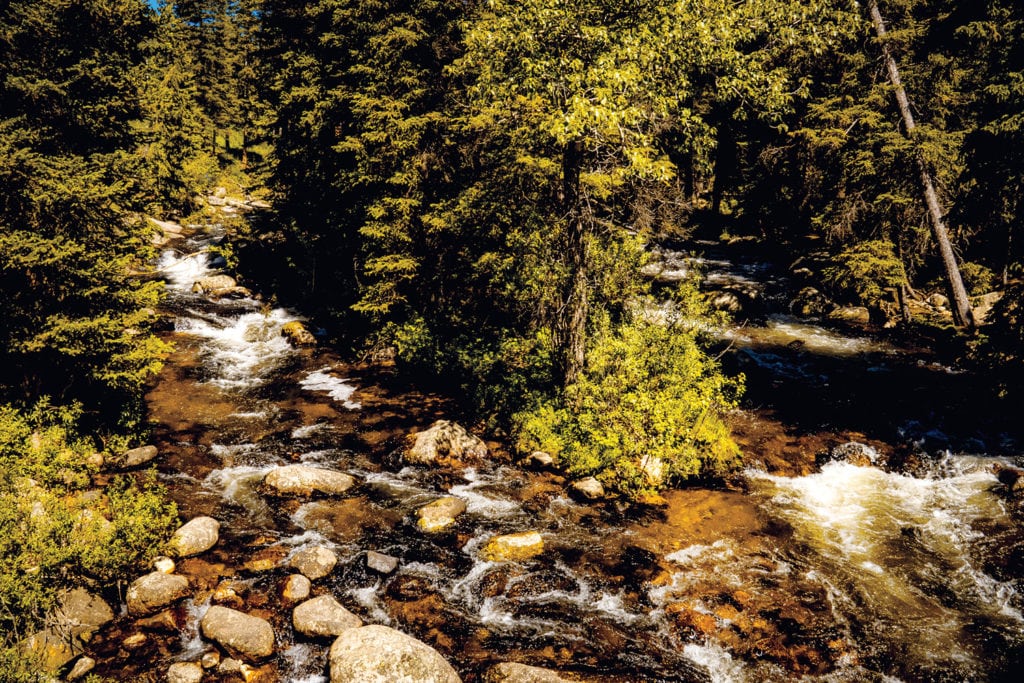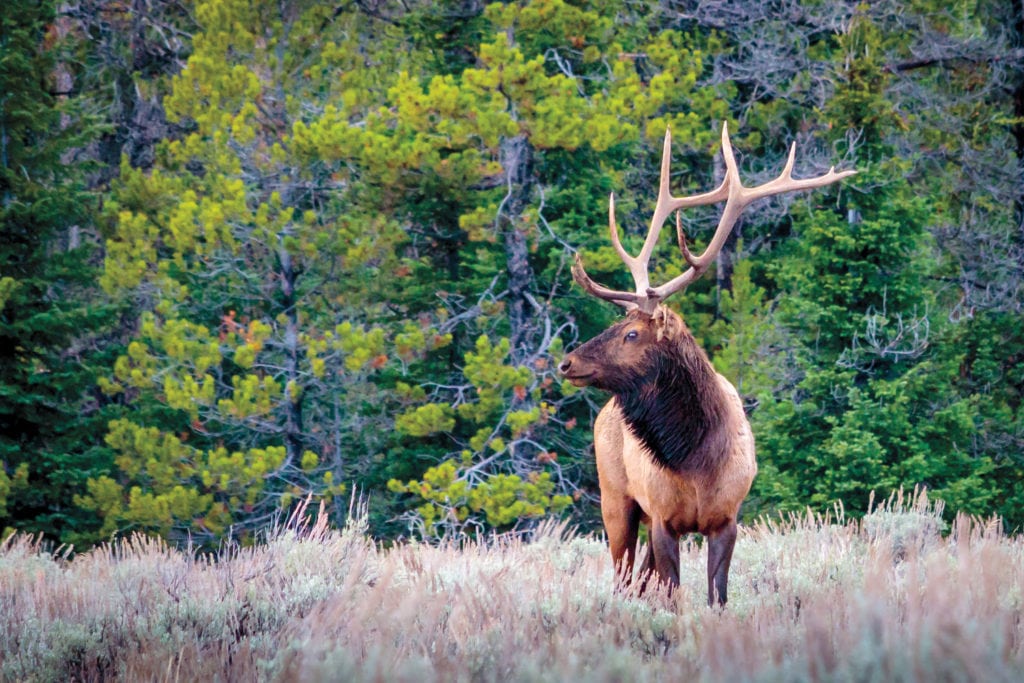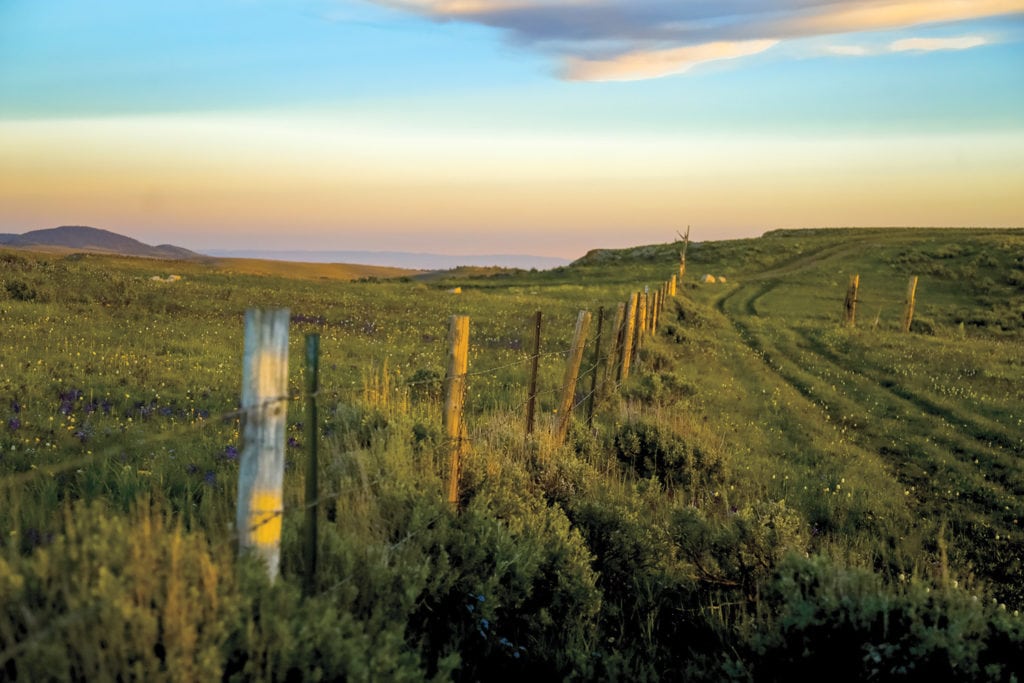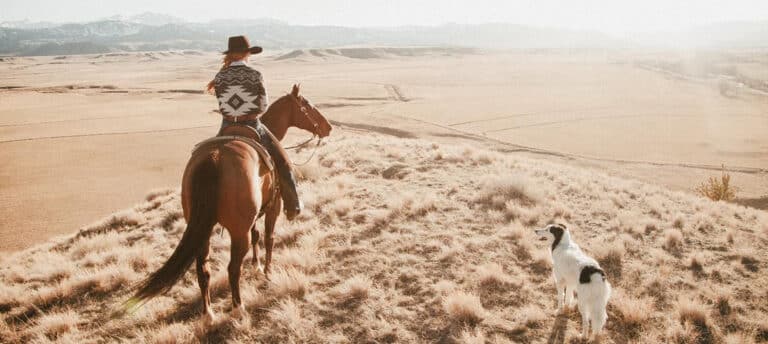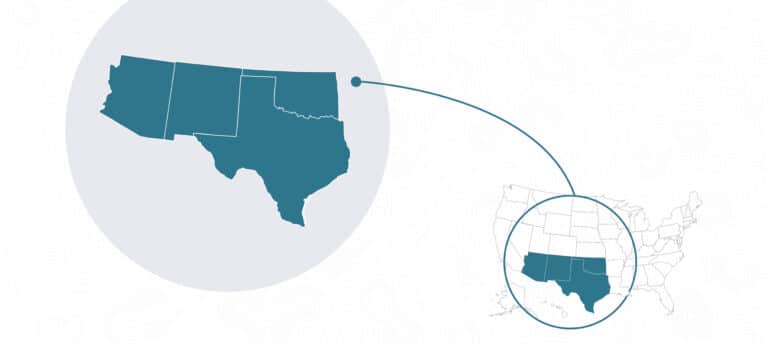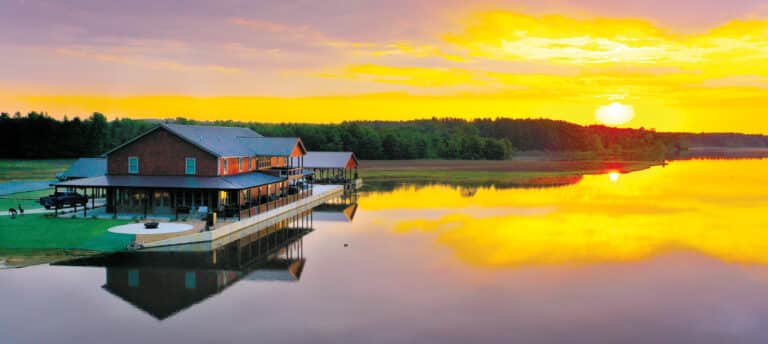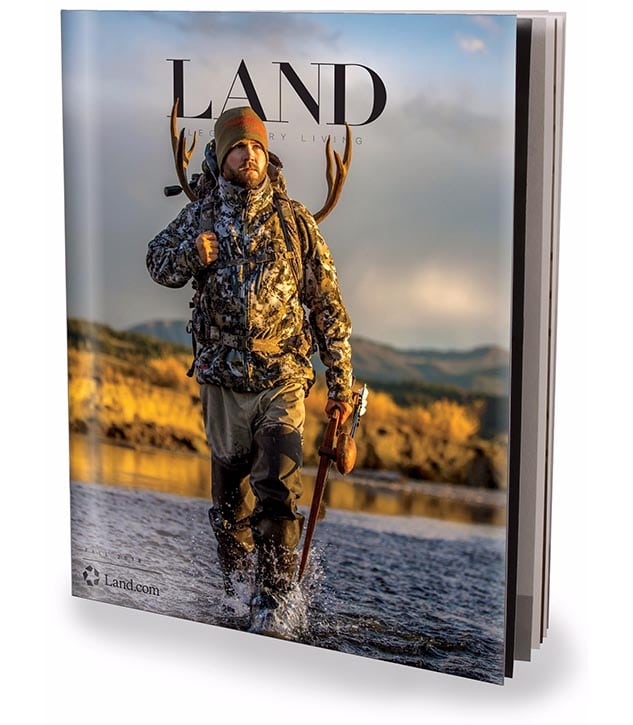
It’s not very often to run into someone who’s lived his whole life on one property.
It’s even rarer that the land that’s been a part of someone’s life was homesteaded over a hundred years ago. And when you hear stories of cattle drives starting at 2:30 am and finishing after dark, and that land was selling for 5 cents an acre when their ranch was founded, that’s when you know you’re talking about real history and legendary stories that are few and far between in today’s America.
Broker Partners Dax Hayden and Bill Vacek of Hayden Outdoors Real Estate had the ultimate pleasure of meeting Dave and Paula Flitner at the upper mountain parcel of the famous Flitner Ranch near Greybull, Wyoming. After 84 years on the land, it was time for Mr. Flitner and wife Paula to downsize, and among many suitors, they chose the Hayden team to handle the sale of their amazing ranch.
Paula and David met in the 1990s and they’ve been adding on to the original ranch slowly at a time. Consisting of 6,713 acres of upper grass-covered mountains, steep creek filled drainages and majestic views across Wyoming, the Bighorn Mountain Ranch is for sale for the first time since Dave’s grandfather Arthur Flitner homesteaded 5 acres in 1906. Born and raised on the ranch, David has seen more than his fair share of ranching life in the Big Horn Mountains.
View property listing on Lands of America
After a brief meeting to tour the ranch and gather assets for marketing, it was clear that this property was a prime candidate for a feature on LandLeader Television, a TV show that airs on RFDTV July through December. Dax Hayden knew the story had to be told to the masses. “There is too much history with David, Paula and the Flitner Ranch to not showcase it on our show. Stories like this need to be told, it’s the history of how our country was built.”
In an interview shot for the episode, the Hayden Outdoors film production team got to learn about the real life of a Wyoming rancher, seasoned pilot and wildlife conservationist and his decision to sell the property after his many years of hard work on the ranch.
“We’ve had five generations on the ranch, and have had many businesses on the properties over the years. We run cattle and do a farming operation in the Shell Valley, raising a variety of crops including alfalfa, hay, bean, corn, malt barley and so on. We’ve got a 1,000 head feedlot and a quarter horse training operation. On the upper ranch, now marketed as the Bighorn Mountain Ranch, we originally organized and built cabins and a lodge for a guest operation. Guests could spend a few nights with horses and a cook and experience the ranching life.” Now the property includes two lodges, six cabins, barns and sheds that act as a private residence and getaway for the Flitners.
Read more: Loving Life in Wyoming’s Bighorn Mountain Foothills
Earlier in his life David got his pilot’s license and has had planes and helicopters at their hanger in Greybull. “We put in two heated helipads, one at Bald Ridge Lodge and one at Snowshoe cabins. That way we could fly a quick 8 minutes up from the Hideout Ranch below to drop off recreational clients year around. From hunters to fisherman to snowmobilers, Paula and I have done it all.”
Paula will miss the quiet days on the ranch, reading and watching the wildlife. She was integral in the design and layouts of the log homes, half of them 7 miles back on gravel roads away from everything. “I would tell David just drop me off with my books and I would be fine here for days!”
David’s life on the ranch is one you’ve seen in movies or read in books. There are too many tales and not enough time to tell them all. It’s certain that his blood, sweat and tears on this ranch are what made him the successful man he is today. But it’s not all what it’s cracked up to be.
View property listing on Lands of America
“A lot of people think driving cows is a pretty romantic experience, but I started it when I was 5 years old.” David went on to tell great stories about rising in the dark and hitting the trail at first light, when days ended at dark in the Summer, nearly 10 PM. “In those days there were no fences, so they gathered cattle from Shell and Greybull and drove them up in the spring to the high country. The grass and carrying capacity is excellent, and we’d bring cattle up through the BLM lands following the grass as it greens up. In the Fall we bring them back down to the flat land and farm ground.”
People used to tell me how wonderful and romantic it is to be a cowboy.” David chuckled, “They never did experience the real thing!”
“We’ve had five generations on the ranch, and have had many businesses on the properties over the years. We run cattle and do a farming operation in the Shell Valley, raising a variety of crops including alfalfa, hay, bean, corn, malt barley and so on. We’ve got a 1,000 head feedlot and a quarter horse training operation. On the upper ranch, now marketed as the Bighorn Mountain Ranch, we originally organized and built cabins and a lodge for a guest operation. Guests could spend a few nights with horses and a cook and experience the ranching life.” Now the property includes two lodges, six cabins, barns and sheds that act as a private residence and getaway for the Flitners.

Paula will miss the quiet days on the ranch, reading and watching the wildlife. She was integral in the design and layouts of the log homes, half of them 7 miles back on gravel roads away from everything. “I would tell David just drop me off with my books and I would be fine here for days!”
David’s life on the ranch is one you’ve seen in movies or read in books. There are too many tales and not enough time to tell them all. It’s certain that his blood, sweat and tears on this ranch are what hmade him the successful man he is today. But it’s not all what it’s cracked up to be.
“A lot of people think driving cows is a pretty romantic experience, but I started it when I was 5 years old.” David went on to tell great stories about rising in the dark and hitting the trail at first light, when days ended at dark in the Summer, nearly 10 PM. “In those days there were no fences, so they gathered cattle from Shell and Greybull and drove them up in the spring to the high country. The grass and carrying capacity is excellent, and we’d bring cattle up through the BLM lands following the grass as it greens up. In the Fall we bring them back down to the flat land and farm ground.”
“People used to tell me how wonderful and romantic it is to be a cowboy. “ David chuckled, “They never did experience the real thing!”
View property listing on Lands of America
David went on to explain how rare the excellent water is on the ranch compared to many other mountain properties. In addition to the multiple springs and creeks that run through the ranch, including White Creek, David felt a need for more water throughout the property. Over the years David and his family have built over 20 miles of clean spring water fed pipe that fill small reservoirs on the ranch, providing for year around water sources for cattle, elk, deer and wildlife. The ranch has seen a huge increase in the animal population, especially the elk. The years of conservation work has brought water to areas that didn’t have any before, helping to maintain elk populations and grow the herd.
“My grandfather wasn’t a drinker and the water is so good, that once in a while he’d have hunters in camp and wanted a drink of whiskey. And my grandfather would always tell them; ‘I don’t know why anyone would want to drink whiskey, when this is the best water on the Big Horn Mountains!’, and it is!”
Read More: A Legacy Built on the Land: Hayden Outdoors
David’s affection for conservation and wildlife management really came out in one of the TV interviews. Some people say they are passionate about things, but you can’t really tell if they are saying that just to say it. You know when you look into David’s eyes, his love of the land and the wildlife is strikingly apparent. And it all came through on camera.
“The one thing that should be mentioned with regards to wildlife, especially the elk. You know. . .” and then David had to catch his breath, and take a moment. Never had I seen a grown man talk so passionately about wildlife, and it brought out the emotion and dedication of the Flitner way.
“There was no place for them to hide. Now they have a sanctuary that they never had before.”
What David spoke about was that over 20 years the Wyoming Game and Fish deemed that the elk population around the region grew from under 100 to approximately 1,500, with an estimated 3,500 elk in the western Big Horn Mountains. Over the years the ranch has grown its cover and grassland for wildlife, increased water for survival and limited hunting to allow for excellent population growth of elk.
“The hunting is unbelievable. It’s normal to have 100% success. One time a hunter was hiking back to the original homestead cabin called ‘Cow Camp’ and pushed through 100 head of bulls,” said Flitner. “Then he lay awake all night from the crashing and thrashing and bugling, and the cows were bellowing all night long”
It was clear that David had done his job of wildlife conservation on the property.
Now with 6,713 acres that control nearly 30,000 BLM and forest acres, it’s time to let some of it go.
The years are winding down for this icon of Wyoming ranching. Touring through the roads and hills on the ranch really gives you perspective on how big this world is, but how you can affect your own part of history. For the Hayden Outdoors team, this was a chance to meet and thank one of our amazing landowners that has supported the ranching way of life. And for David and Paula, it’s bittersweet. They can walk away from their accomplishments knowing their passion for the land can be handed to the next good stewards of the land, the next people to carve their way through history, creating memories and writing their own story of their life on the land.
Offered at $16,950,000. For more information, contact Dax Hayden, (970) 674-1990, or Bill Vacek, (307) 699-1378, or visit their website, HaydenOutdoors.com

